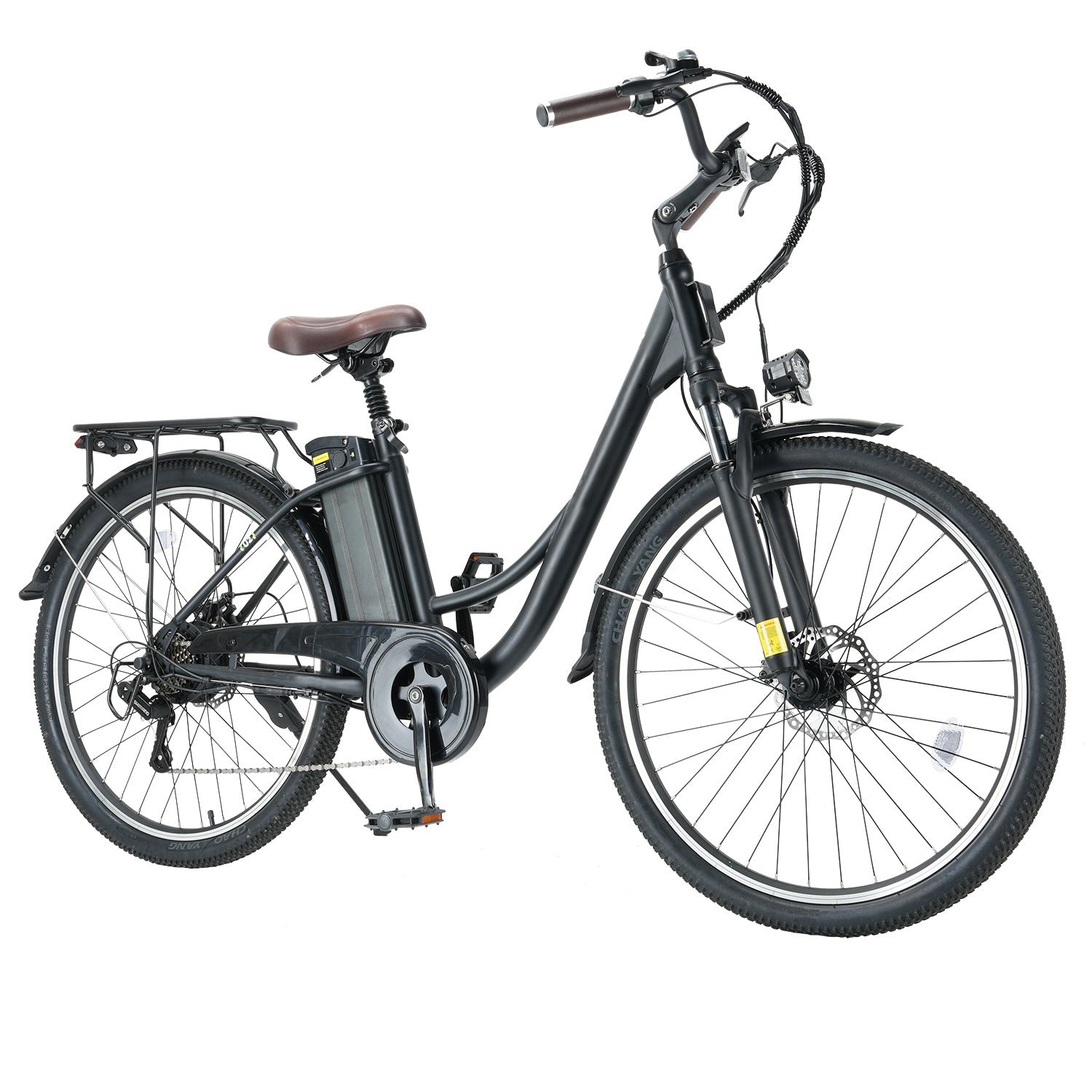As many people continue to switch to electric vehicles, plug-in hybrid electric vehicles (PHEVs) are quickly gaining popularity. They are a great stepping stone into the world of electric vehicles because they strike a balance between traditional gas/diesel powered cars and modern fully electric cars.
Because they offer many of the fuel and emissions advantages of electric cars on short drives but have the versatility of a gasoline or diesel engine for longer runs, plug-in hybrid vehicles (PHEVs) can be a suitable alternative for anyone who isn’t ready to go totally electric. Here is more on PHEVs and why they are popular in the modern age.
The Basics of PHEV
A PHEV is an automobile that combines a medium-sized battery and a gasoline/diesel engine. PHEVs typically have a 30-mile range when powered only by the battery. When the battery is low, the gasoline or diesel engine takes over to complete the remainder of your trip.
Since PHEVs have charging sockets, their batteries are chargeable through an external power socket. By doing this, you can get access to inexpensive electricity and lower your driving costs.
PHEVs vs. EVs
Electricity and fuel are both used to power hybrid vehicles. Most hybrid cars contain higher-voltage battery packs and regular 12-volt batteries in gas-powered vehicles. Those cells collect and distribute energy as needed for the car to consume less gas and achieve higher fuel economy.
The word “plug-in hybrid” refers to a type of hybrid vehicle that plugs into an electrical outlet. Examples include the Mitsubishi Outlander PHEV, the Ford Escape PHEV, and the Toyota RAV4 Prime. Plug-in cars have two distinct powertrains, each capable of driving the wheels. Drivers can only travel a certain distance with an electric motor (anywhere between 16 and 60 miles, depending on the vehicle). A gasoline-powered engine starts to power the car when the battery powering the electric motor runs out.
On the other hand, electric vehicles don’t utilize gasoline because they are powered only by electricity. The Nissan Leaf, Ford Mustang Mach-E, and Tesla Model S are well-known electric vehicles. Batteries provide energy to an electric motor, which powers the car.
The distinction is that EVs lack a backup engine to take over when the batteries run out of power. Since they don’t have to make place for the gasoline engine, they typically have more room for batteries. This means that compared to plug-in hybrids, fully electric automobiles offer a more extended range using only electricity.
Is Range a Problem for PHEVs?
A battery range and a gasoline/diesel range are available in PHEVs. Battery range varies depending on the type you lease, but the newest, larger battery versions can reach as much as 30-50 miles. This indicates that they can make a lot of metropolitan trips on electric power while producing no exhaust emissions along the way.
Suppose you need to travel further. In that case, you don’t need to worry about topping off the batteries since when the batteries get low, the conventional engine immediately engages and takes over. The gasoline or diesel engine automatically starts when the battery runs out of power, providing you with an additional 250–350 miles of range.
A PHEV’s fuel economy may not be as good as a non-plug-in option because the hybrid system’s batteries are heavy. Some automakers opt to add a smaller-than-normal petrol tank to their PHEVs to help with weight savings, so you might need to fill up more often than when using a gasoline-powered vehicle.
Do you Have to Charge your Phev?
Yes, you must charge the battery daily to run on battery power and take advantage of cheap electricity. You can get a dedicated charging point built if you have off-street parking. As a result, you can enjoy a full “tank of electricity” every day after charging the battery of your PHEV overnight. Depending on the model, charging takes between two and four hours to go from 0 to 100%.
It may not be worthwhile to stop and recharge if you are on a longer trip due to the general slow recharging rate of PHEV batteries. It is preferable to use the gasoline or diesel engine to complete the remainder of your journey before fully charging the battery when you arrive.

The Pros and Cons of Phevs
Naturally, plug-in hybrid vehicles have benefits and drawbacks. The range is the main advantage. Plug-in hybrids feature a gasoline engine and an electric motor, but an electric car can only go as far as its batteries allow.
As a result, plug-in drivers benefit from having the best of both worlds. They benefit from the efficiency of electric vehicles for short trips and the range of conventional cars for longer ones. Additionally, the cost of a plug-in hybrid vehicle is typically lower than that of an all-electric vehicle.
Regarding drawbacks, a plug-in has a constrained “electric-only” range that can be as low as 16 miles and currently only extends up to 60 miles. Therefore, even if the running cost of a plug-in hybrid is significantly lower than that of a gas-only vehicle, you will still have to pay for gas. Price can be a deciding factor in the contest between plug-in hybrids and electric cars.
Are Plug-In Hybrids Ideal For Use As Business Vehicles?
Hybrids appeal to many businesses because they consume less fuel and emit fewer emissions. They can also improve a business’ reputation by demonstrating that it is environmentally sensitive and actively working to effect change.
Because electricity is far less expensive than fossil fuels when it comes to running costs, businesses can also make additional financial savings by using PHEVs. Hybrids are ideal for workers who spend some time on the road because they have reduced fuel expenses and a higher fuel economy than standard autos.
Conclusion
Many consumers believe that PHEVs offer the best performance and economy for electric driving without worrying about range. You may be able to travel between 20 and 60 miles on electric power, depending on the make and type of the plug-in hybrid you buy.














